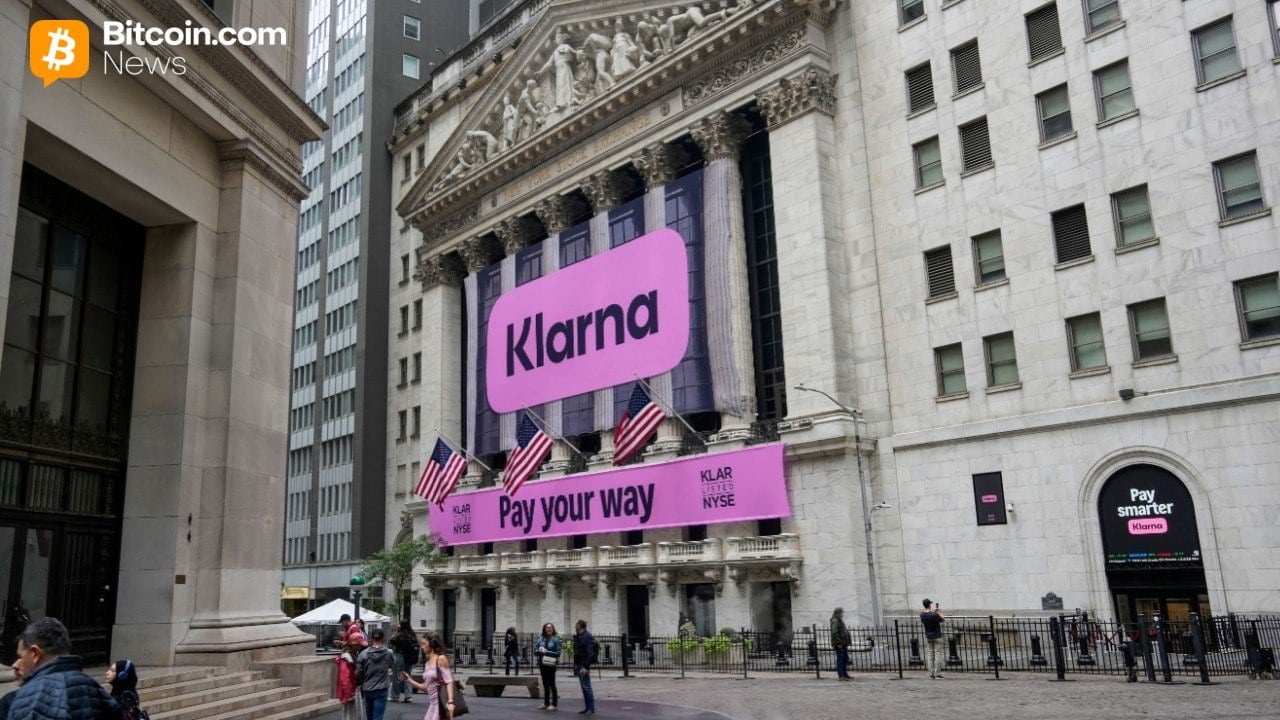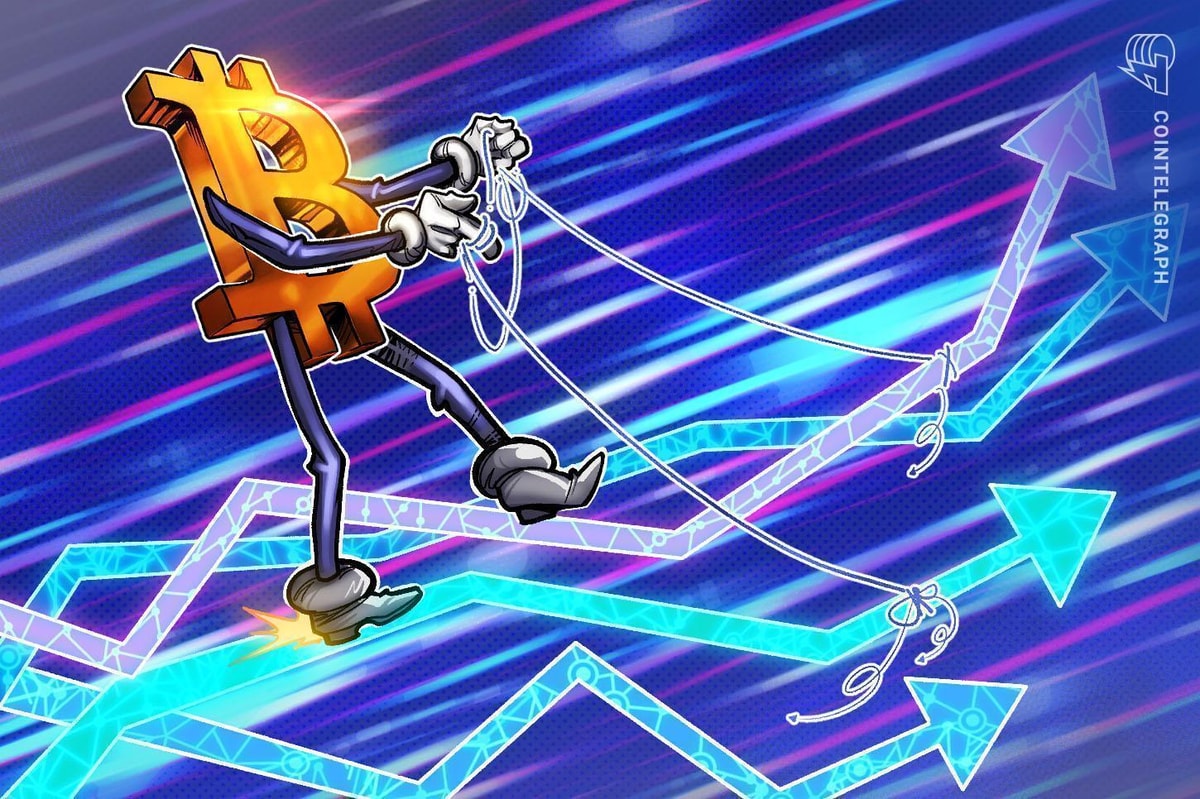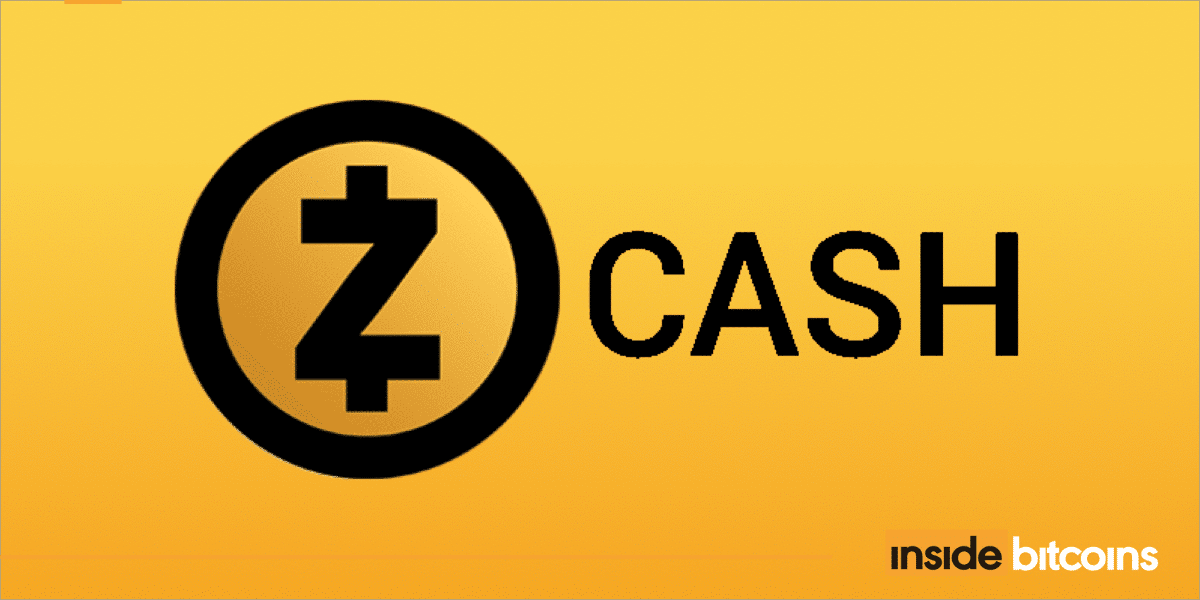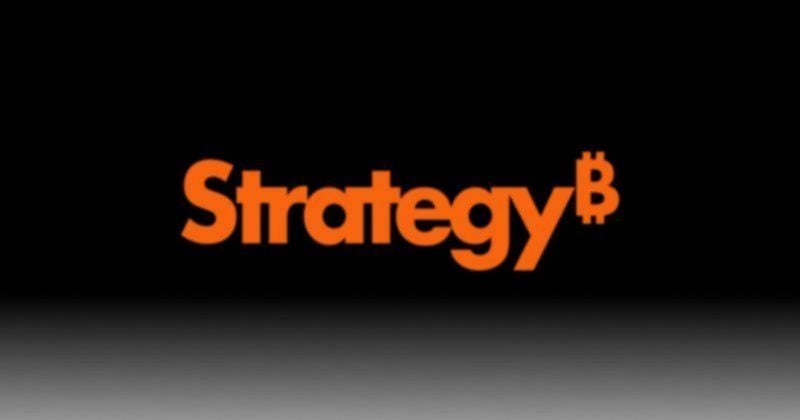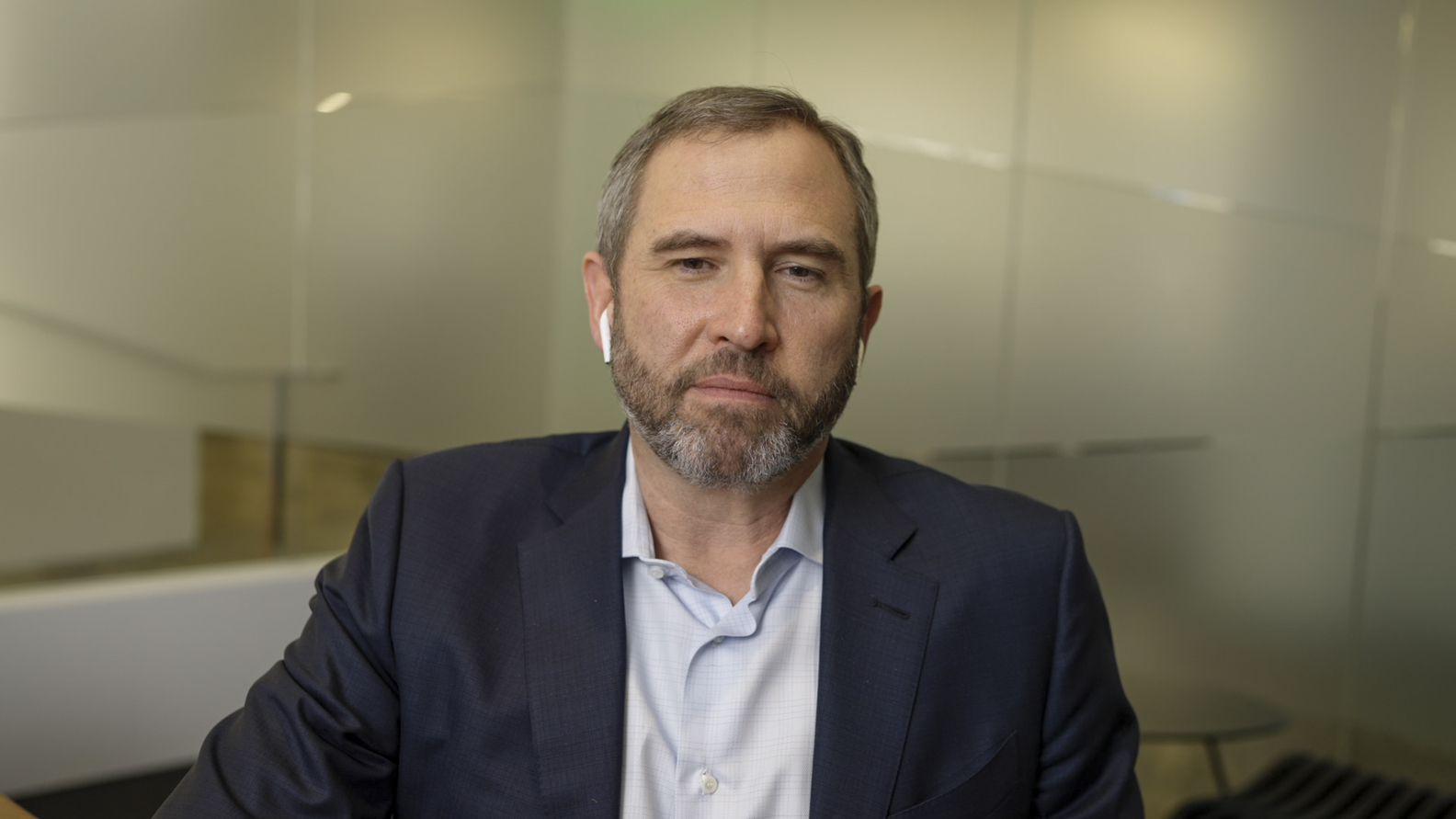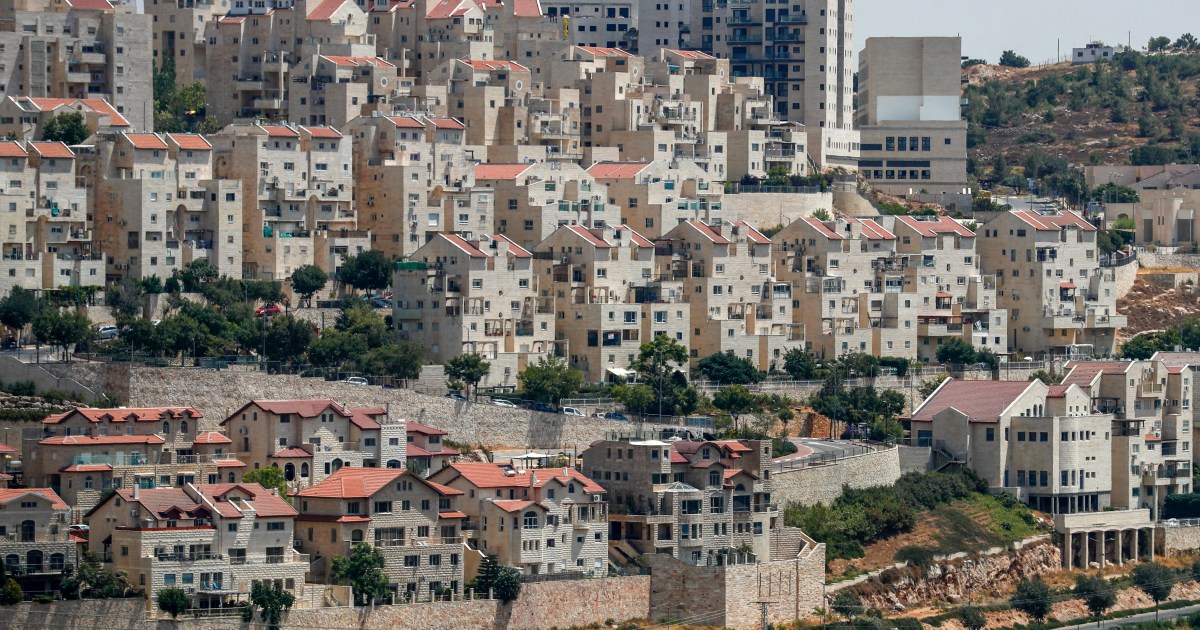Virunga National Park in the Democratic Republic of the Congo has become the first national park in the world to run a Bitcoin (BTC) mine in an effort to protect its forests and wildlife. Cointelegraph spoke with Sébastien Gouspillou, CEO of Big Block Green Services, and the man who introduced Bitcoin mining to the park.
Speaking via video call, Gouspillou said with a smile: “Bitcoin mining saved the park from bankruptcy.”
Virunga is Africa’s oldest protected park and a symbol of the continent’s biodiversity. A report by journalist Adam Popescu, published in MIT Technology Review, explained that the region was plagued by issues prior to Bitcoin mining. From local militias that waged violent attacks on its animals and employees to outbreaks of Ebola to kidnappings, the emblematic national park has struggled for revenue in recent years.
The COVID-19 pandemic and its subsequent eradication of tourism was almost the nail in the coffin for the park, as visits to see the gorillas, other wildlife and waterfalls dried up. The article explained that tourism represented roughly 40% of the park’s revenue.
When Gouspillou learned of the park’s strife, he felt compelled to help. He met with Emmanuel De Merode, the park’s director — and a Belgian prince by bloodline — at a chateau in France at the tail end of 2019. Gouspillou explained that he immediately recognized the tremendous opportunity the park presented.
The park could monetize its abundant and untapped natural resources to preserve its existence. Gouspillou explained to De Merode how Virunga could turn to Bitcoin mining to generate income.
The conversation in the chateau was non-stop. “It must’ve lasted hours,” Gouspillou explained. The discussion, as well as follow-ups and a visit to Congo, eventually culminated in De Merode setting up the first portions of the mining operation in early 2020, which successfully mined the first coins in September of that year.

Almost three years later, the park earned significant income from Bitcoin. During some months of the 2021 bull run, the park was rewarded upwards of $150,000 a month — almost entirely offsetting lost tourist income.
Virunga’s Bitcoin mine is a unique solution to the problem of preserving the park’s biodiversity while also generating revenue. Bitcoin mining is a highly energy-intensive process, but Virunga’s mine is unique in that it runs on clean energy: It’s green technology surrounded by green rainforest.
The mine is powered by three hydro plants within the park, a sustainable source of electricity that was already being used to power nearby towns. The site has hired nine full-time workers, who work in rotating shifts operating the miners in the jungle, to staff the facility. Fearless rangers protect the site — a story that inspired a Netflix documentary, among other things.

The facility has 10 shipping containers, with each container holding 250 to 500 rigs. Virunga owns three of these containers, Gouspillou the remaining seven. Gouspillou purchases energy from Virunga as part of the arrangement, while keeping the mined Bitcoin.
Plus, as Gouspillou explains, the existing Bitcoin mining facility is part of a “global plan,” in which there will be further power-generating opportunities. Other power stations will be set up across the park, he explained, to connect local villages to electricity and, of course, mine more Bitcoin.
De Merode is steadfast that the project will be successful despite the ongoing bear market. Indeed, some Bitcoin miners fell victim to the 2022 bear market, but De Merode occupies a unique position: The park is not speculating on the value of Bitcoin, but generating Bitcoin using surplus energy to monetize something that otherwise has no value.

Plus, there is little risk of the Bitcoin (or private keys) disappearing if De Merode is killed in action. Over 200 of the park’s security, or rangers have been killed since 1996 — and De Merode was shot twice while traveling to Goma in 2014, so it’s a tragic but possible outcome that must be prepared for.
The park’s finance team manages custody of the Bitcoin wallet, and funds generated by the mine are sold regularly to pay for the park’s upkeep. In the MIT Technology Review article, De Merode is quoted as saying:
“It’s unlikely we sit on Bitcoin for more than a few weeks anyway, because we need the money to run the park. So if something happened to me or our CFO lost the password, we’d give him a hard time—but it wouldn’t cost us much.”
Similar to El Salvador’s treatment in the mainstream media, the “bet” that De Merode made has invited skepticism from experts who wonder what crypto has to do with conservation. Gouspillou explained that it took some time for De Merode to refer to the project as a Bitcoin mining project, preferring to use the term “blockchain mining,” as it’s more PR-friendly.

For Gouspillou, he hasn’t been able to find a downside to the story of how a Bitcoin mine has saved a national park:
“It’s really hard to find a negative side to this story. There’s nothing. The energy is clean, even the ASICS — we will recycle them when they come to the end of their lifespan by distributing them across African communities.”
ASICS, or application-specific integrated circuits, are Bitcoin mining machines. Every 10 minutes, ASICS take part in a digital lottery to guess the next Bitcoin block on the Bitcoin time chain. As Gouspillou explains, these machines will be broken down and recycled, avoiding e-waste. The miners use excess, clean energy, and De Merode uses that funding to protect wildlife.

Buoyed by the success in the Congo, Gouspillou has his eyes on other Bitcoin mining projects in Sub-Saharan Africa. He was part of the delegation that visited the Central African Republic — the second country to adopt Bitcoin as legal tender.
Bitcoin mining projects in Africa using untapped and renewable energy appear to be a growing trend. From the mountains of Kenya to the tropical climes of Malawi, Bitcoin mining is cropping up in incongruous areas of the globe.
Magdalena Gronowska, regular Cointelegraph contributor and and Bitcoin mining specialist, explained why:
“Miners are buyers of first resort (always want to run) and last resort for overproducing energy locations to become economically viable. As consumer demand grows in a community, Bitcoin mining can be decreased or removed entirely, but it enabled critical infrastructure to be built out.”
In essence, if a region offers stranded or abundant, overproduced energy, a Bitcoin mine could be financially appealing.
Nonetheless, the park still needs funds and investment. The Congolese government provides just 1% of its operating budget while tourism will remain low while conflicts threaten safety. As Gouspillou explains, Bitcoin mining is one solution to the park’s problems, as it provides a source of revenue that can be used to protect the park and its wildlife for years to come.



